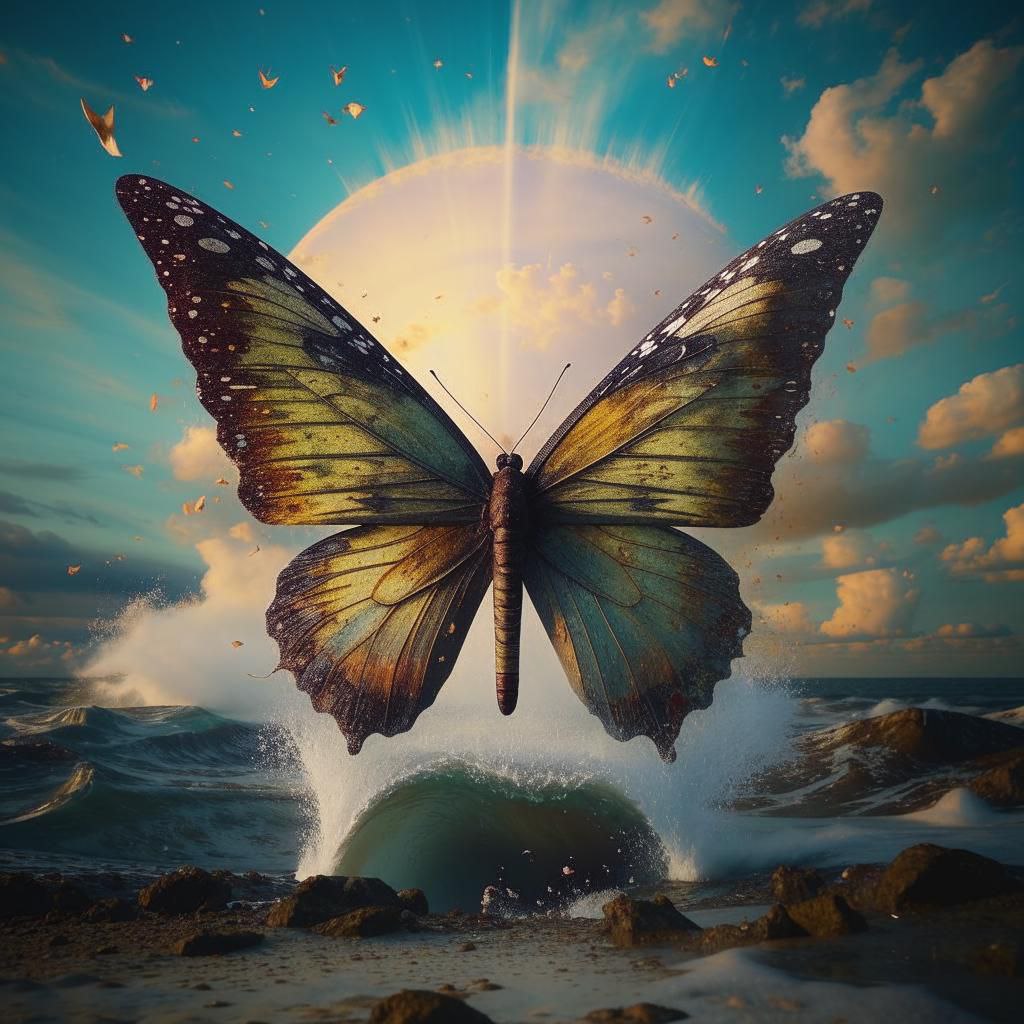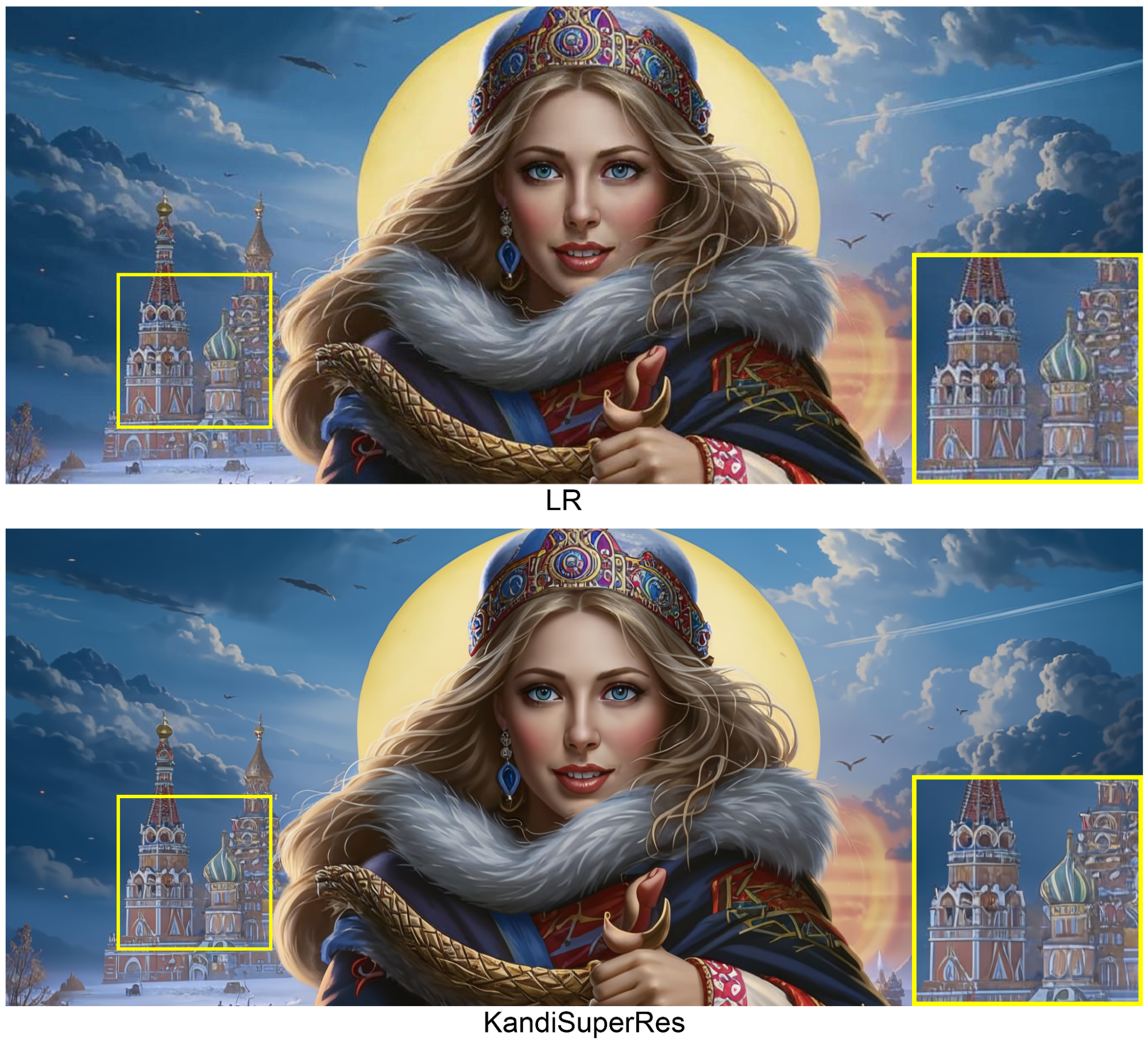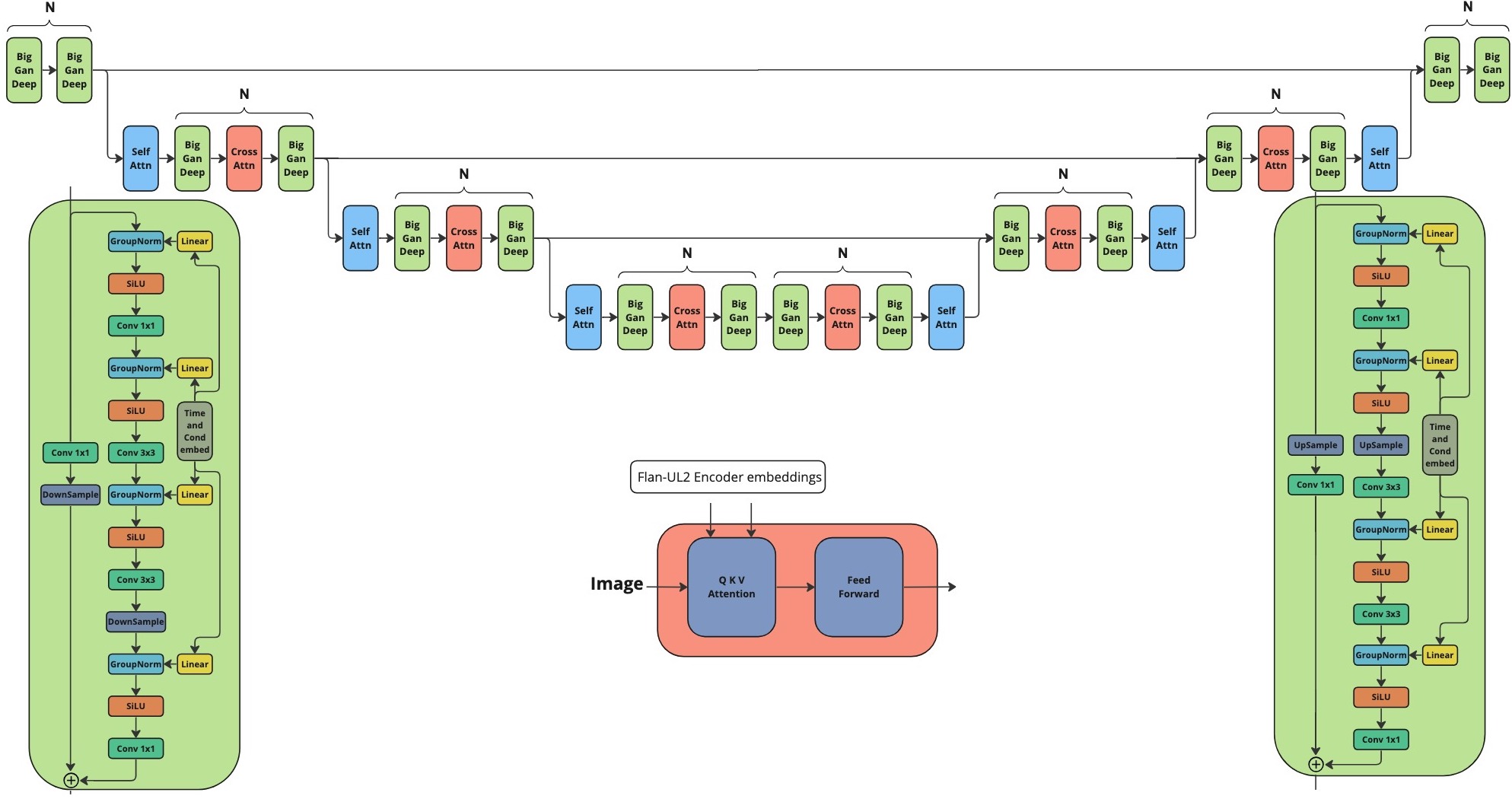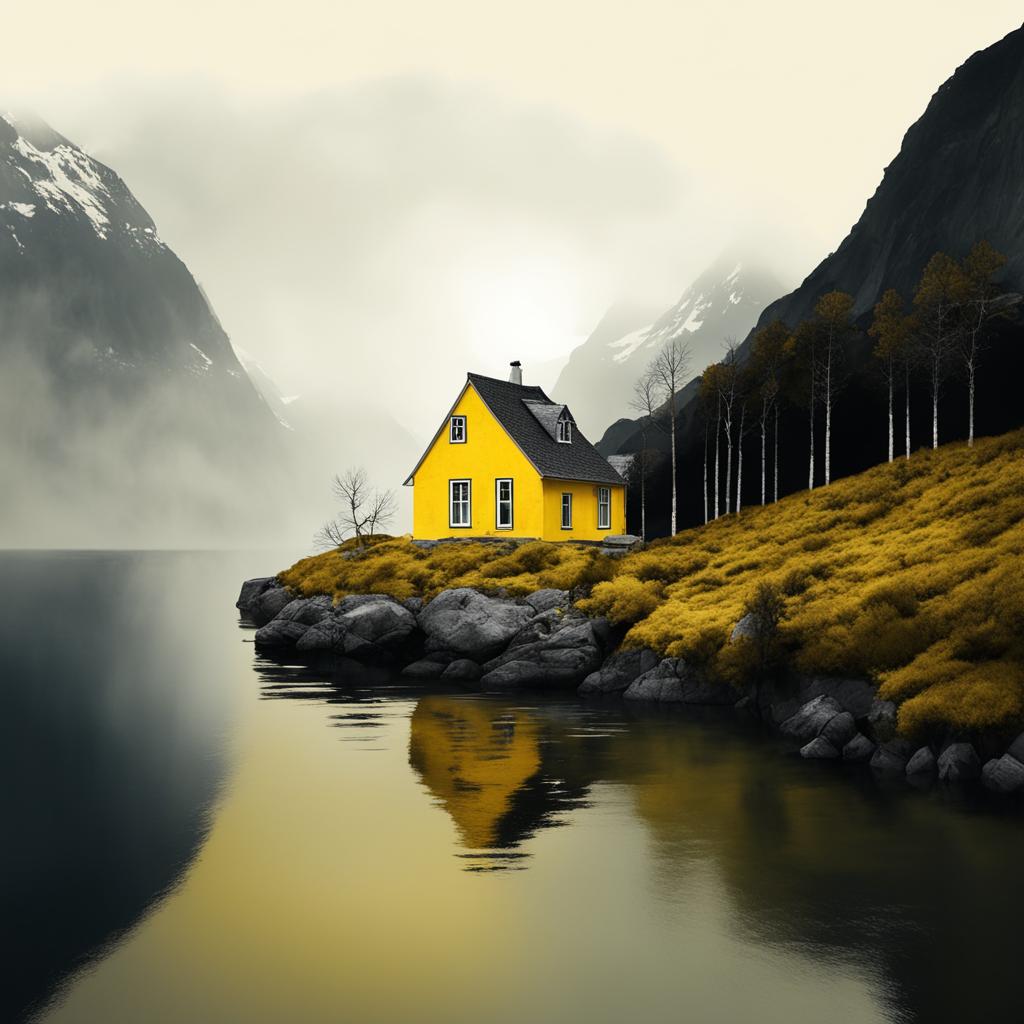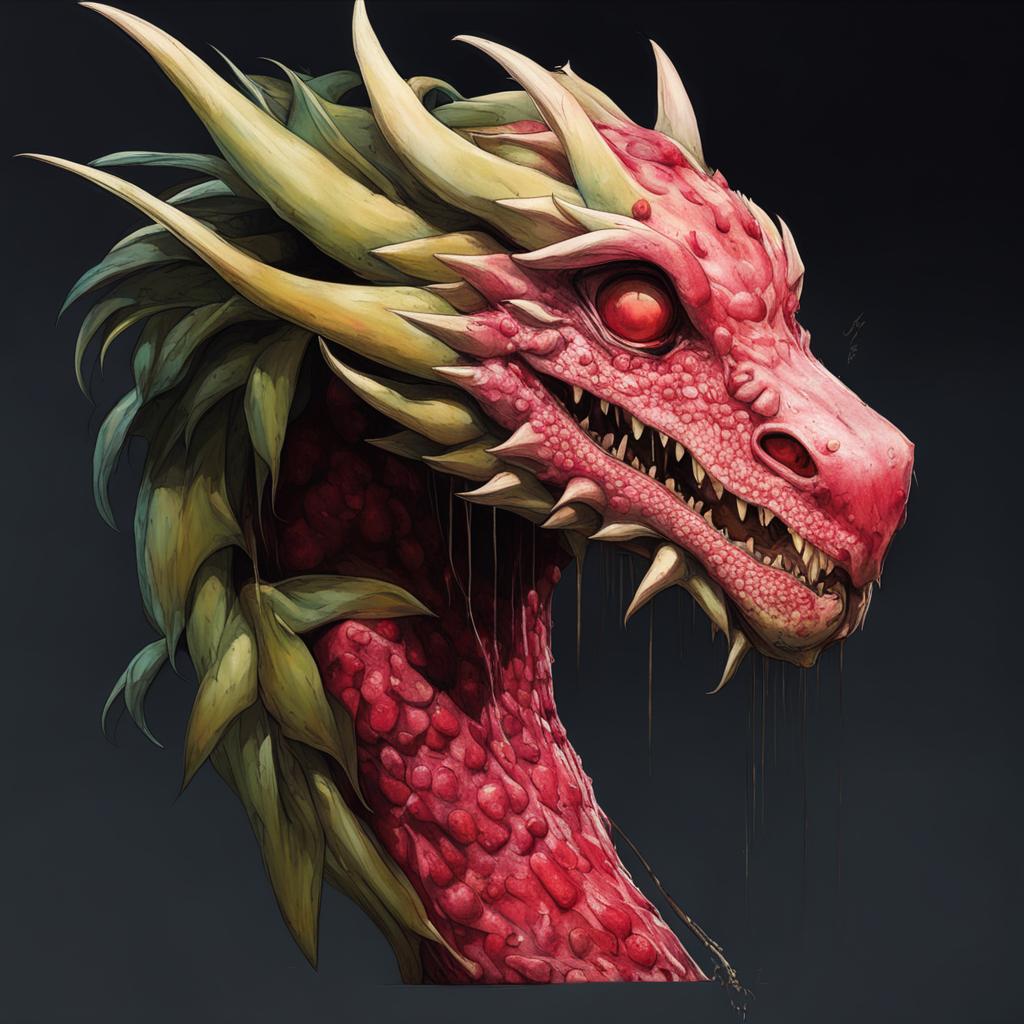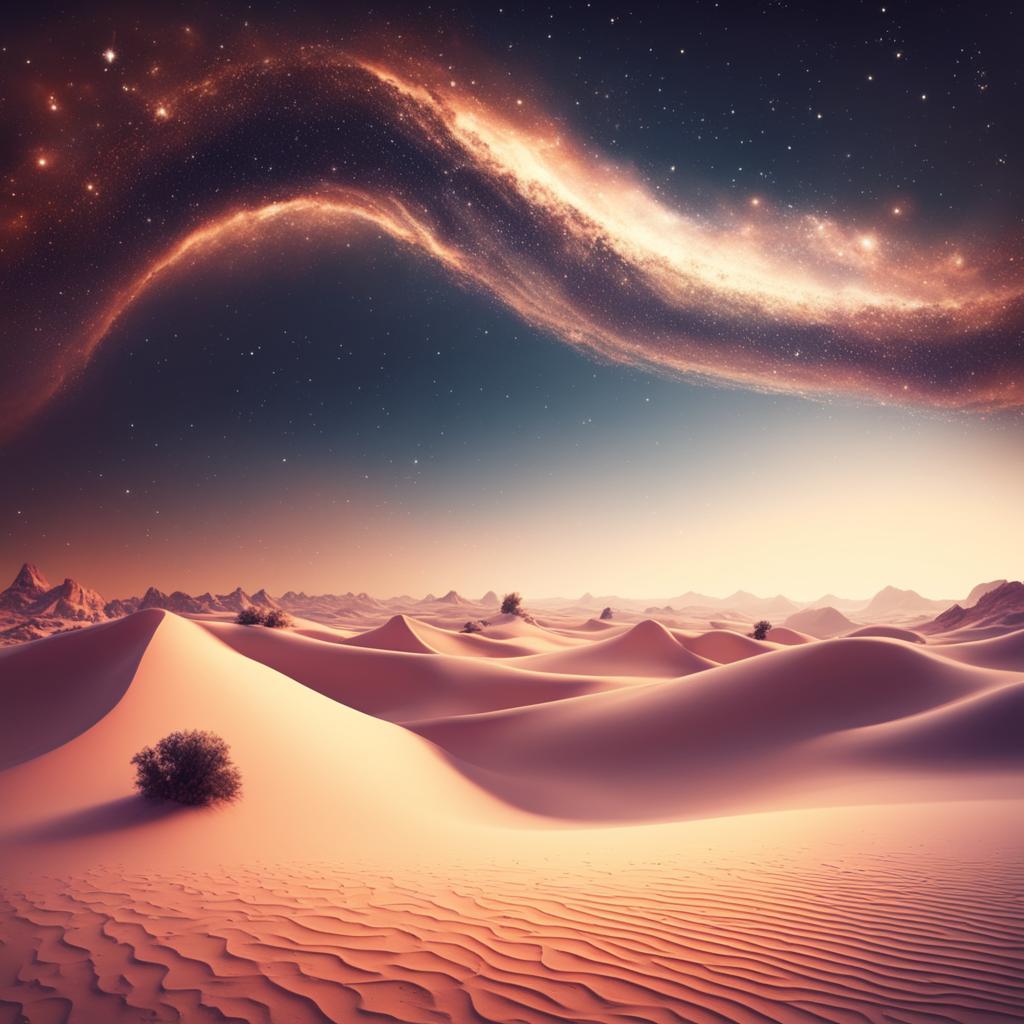Kandinsky 3.0 Post | Kandinsky 3.1 Post | Project Page | Generate | Telegram-bot | Technical Report | HuggingFace |
We present Kandinsky 3.1, the follow-up to the Kandinsky 3.0 model, a large-scale text-to-image generation model based on latent diffusion, continuing the series of text-to-image Kandinsky models and reflecting our progress to achieve higher quality and realism of image generation, which we have enhanced and enriched with a variety of useful features and modes to give users more opportunities to fully utilise the power of our new model.
Diffusion models have problems with fast image generation. To address this problem, we trained a Kandinksy Flash model based on the Adversarial Diffusion Distillation approach with some modifications: we trained the model on latents, which reduced the memory overhead and removed distillation loss as it did not affect the training. Also, we applied Kandinsky Flash model to images generated from Kandinsky 3.0 to improve visual quality of generated images.
For training Kandinsky Flash we used the following architecture of discriminator. It is the half of Kandinsky 3.0 U-Net encoder with additional head predictions.
Check our jupyter notebooks with examples in ./examples folder
from kandinsky3 import get_T2I_Flash_pipeline
device_map = torch.device('cuda:0')
dtype_map = {
'unet': torch.float32,
'text_encoder': torch.float16,
'movq': torch.float32,
}
t2i_pipe = get_T2I_Flash_pipeline(
device_map, dtype_map
)
res = t2i_pipe("A cute corgi lives in a house made out of sushi.")Also, we released a newer version of inpainting model, which we additionally trained the model on the object detection dataset. This allowed to get more stable generation of objects. The new weights are available at ai-forever/Kandinsky3.1. Check the usage example.
Prompt plays crucial role in text-to-image generation. So, in Kandinsky 3.1 we decided to use language model for making prompt better. We used Intel's neural-chat-7b-v3-1 with the following system prompt as the LLM:
### System: You are a prompt engineer. Your mission is to expand prompts written by user. You should provide the best prompt for text to image generation in English.
### User:
{prompt}
### Assistant:
{answer of the model}
To learn more about KandiSuperRes, please checkout: https://github.com/ai-forever/KandiSuperRes/
To allow using image as condition in Kandinsky model, we trained IP-Adapter and HED-based ControlNet model. For more details please check out: https://github.com/ai-forever/kandinsky3-diffusers
Kandinsky 3.0 is an open-source text-to-image diffusion model built upon the Kandinsky2-x model family. In comparison to its predecessors, Kandinsky 3.0 incorporates more data and specifically related to Russian culture, which allows to generate pictures related to Russin culture. Furthermore, enhancements have been made to the text understanding and visual quality of the model, achieved by increasing the size of the text encoder and Diffusion U-Net models, respectively.
For more information: details of training, example of generations check out our post. The english version will be released in a couple of days.
Architecture consists of three parts:
- Text encoder Flan-UL2 (encoder part) - 8.6B
- Latent Diffusion U-Net - 3B
- MoVQ encoder/decoder - 267M
We release our two models:
- Base: Base text-to-image diffusion model. This model was trained over 2M steps on 400 A100
- Inpainting: Inpainting version of the model. The model was initialized from final checkpoint of base model and trained 250k steps on 300 A100.
To install repo first one need to create conda environment:
conda create -n kandinsky -y python=3.8;
source activate kandinsky;
pip install torch==1.10.1+cu111 torchvision==0.11.2+cu111 torchaudio==0.10.1 -f https://download.pytorch.org/whl/cu113/torch_stable.html;
pip install -r requirements.txt;
The exact dependencies is got using pip freeze and can be found in exact_requirements.txt
Check our jupyter notebooks with examples in ./examples folder
import sys
sys.path.append('..')
import torch
from kandinsky3 import get_T2I_pipeline
device_map = torch.device('cuda:0')
dtype_map = {
'unet': torch.float32,
'text_encoder': torch.float16,
'movq': torch.float32,
}
t2i_pipe = get_T2I_pipeline(
device_map, dtype_map,
)
res = t2i_pipe("A cute corgi lives in a house made out of sushi.")
res[0]from kandinsky3 import get_inpainting_pipeline
device_map = torch.device('cuda:0')
dtype_map = {
'unet': torch.float16,
'text_encoder': torch.float16,
'movq': torch.float32,
}
pipe = get_inpainting_pipeline(
device_map, dtype_map,
)
image = ... # PIL Image
mask = ... # Numpy array (HxW). Set 1 where image should be masked
image = inp_pipe( "A cute corgi lives in a house made out of sushi.", image, mask)- Vladimir Arkhipkin: Github
- Anastasia Maltseva Github
- Andrei Filatov Github,
- Igor Pavlov: Github
- Julia Agafonova
- Arseniy Shakhmatov: Github, Blog
- Andrey Kuznetsov: Github, Blog
- Denis Dimitrov: Github, Blog
@inproceedings{vladimir-etal-2024-kandinsky,
title = "Kandinsky 3: Text-to-Image Synthesis for Multifunctional Generative Framework",
author = "Vladimir, Arkhipkin and
Vasilev, Viacheslav and
Filatov, Andrei and
Pavlov, Igor and
Agafonova, Julia and
Gerasimenko, Nikolai and
Averchenkova, Anna and
Mironova, Evelina and
Anton, Bukashkin and
Kulikov, Konstantin and
Kuznetsov, Andrey and
Dimitrov, Denis",
editor = "Hernandez Farias, Delia Irazu and
Hope, Tom and
Li, Manling",
booktitle = "Proceedings of the 2024 Conference on Empirical Methods in Natural Language Processing: System Demonstrations",
month = nov,
year = "2024",
address = "Miami, Florida, USA",
publisher = "Association for Computational Linguistics",
url = "https://aclanthology.org/2024.emnlp-demo.48",
pages = "475--485",
abstract = "Text-to-image (T2I) diffusion models are popular for introducing image manipulation methods, such as editing, image fusion, inpainting, etc. At the same time, image-to-video (I2V) and text-to-video (T2V) models are also built on top of T2I models. We present Kandinsky 3, a novel T2I model based on latent diffusion, achieving a high level of quality and photorealism. The key feature of the new architecture is the simplicity and efficiency of its adaptation for many types of generation tasks. We extend the base T2I model for various applications and create a multifunctional generation system that includes text-guided inpainting/outpainting, image fusion, text-image fusion, image variations generation, I2V and T2V generation. We also present a distilled version of the T2I model, evaluating inference in 4 steps of the reverse process without reducing image quality and 3 times faster than the base model. We deployed a user-friendly demo system in which all the features can be tested in the public domain. Additionally, we released the source code and checkpoints for the Kandinsky 3 and extended models. Human evaluations show that Kandinsky 3 demonstrates one of the highest quality scores among open source generation systems.",
}@misc{arkhipkin2023kandinsky,
title={Kandinsky 3.0 Technical Report},
author={Vladimir Arkhipkin and Andrei Filatov and Viacheslav Vasilev and Anastasia Maltseva and Said Azizov and Igor Pavlov and Julia Agafonova and Andrey Kuznetsov and Denis Dimitrov},
year={2023},
eprint={2312.03511},
archivePrefix={arXiv},
primaryClass={cs.CV}
}
